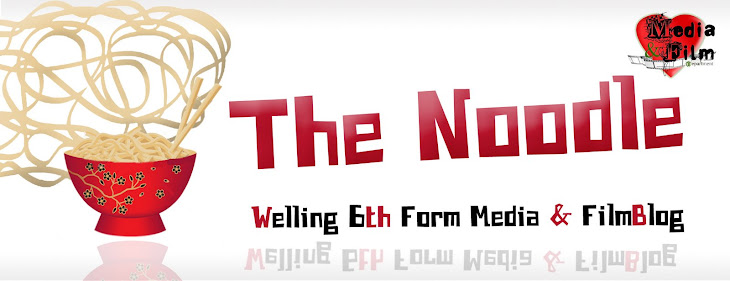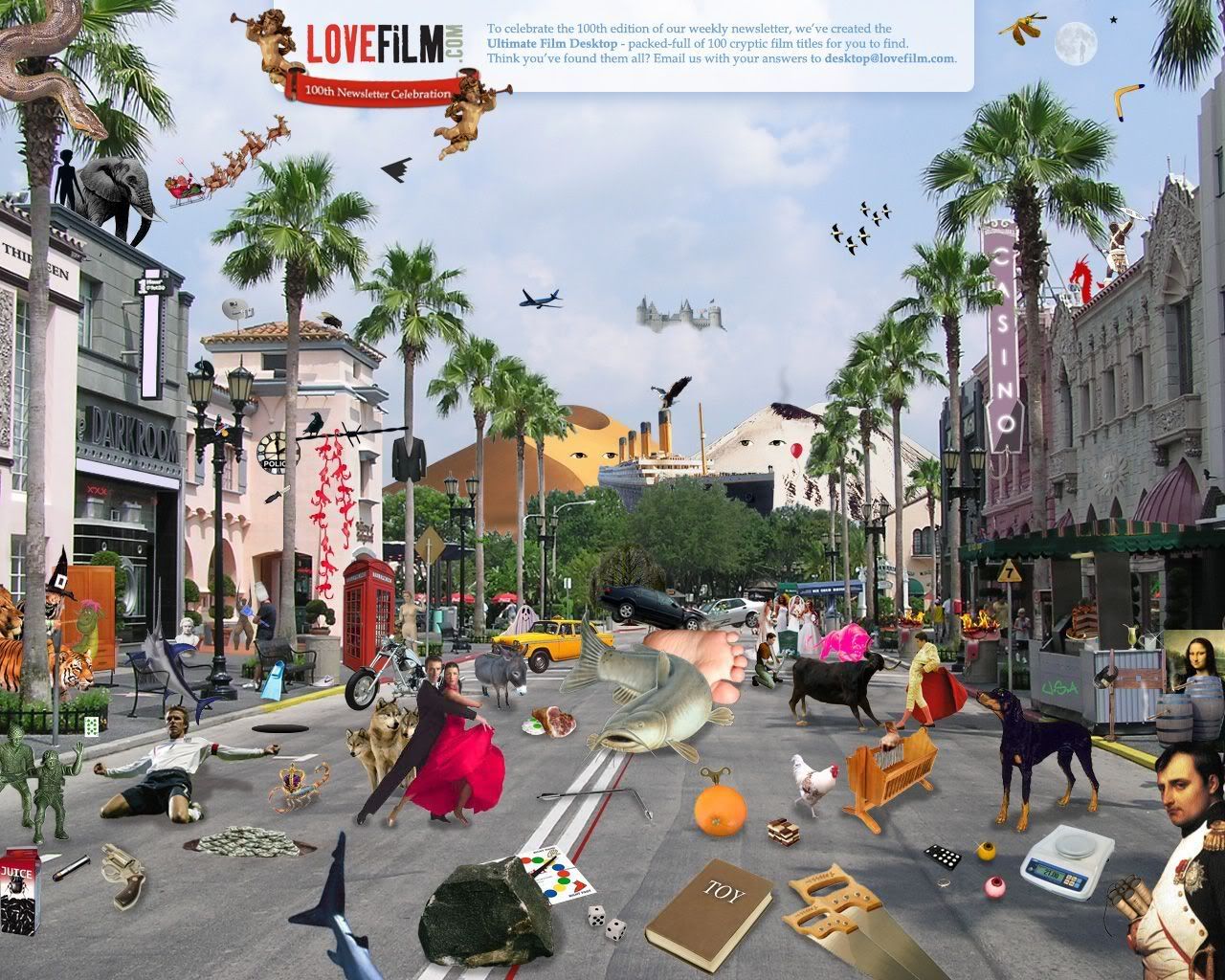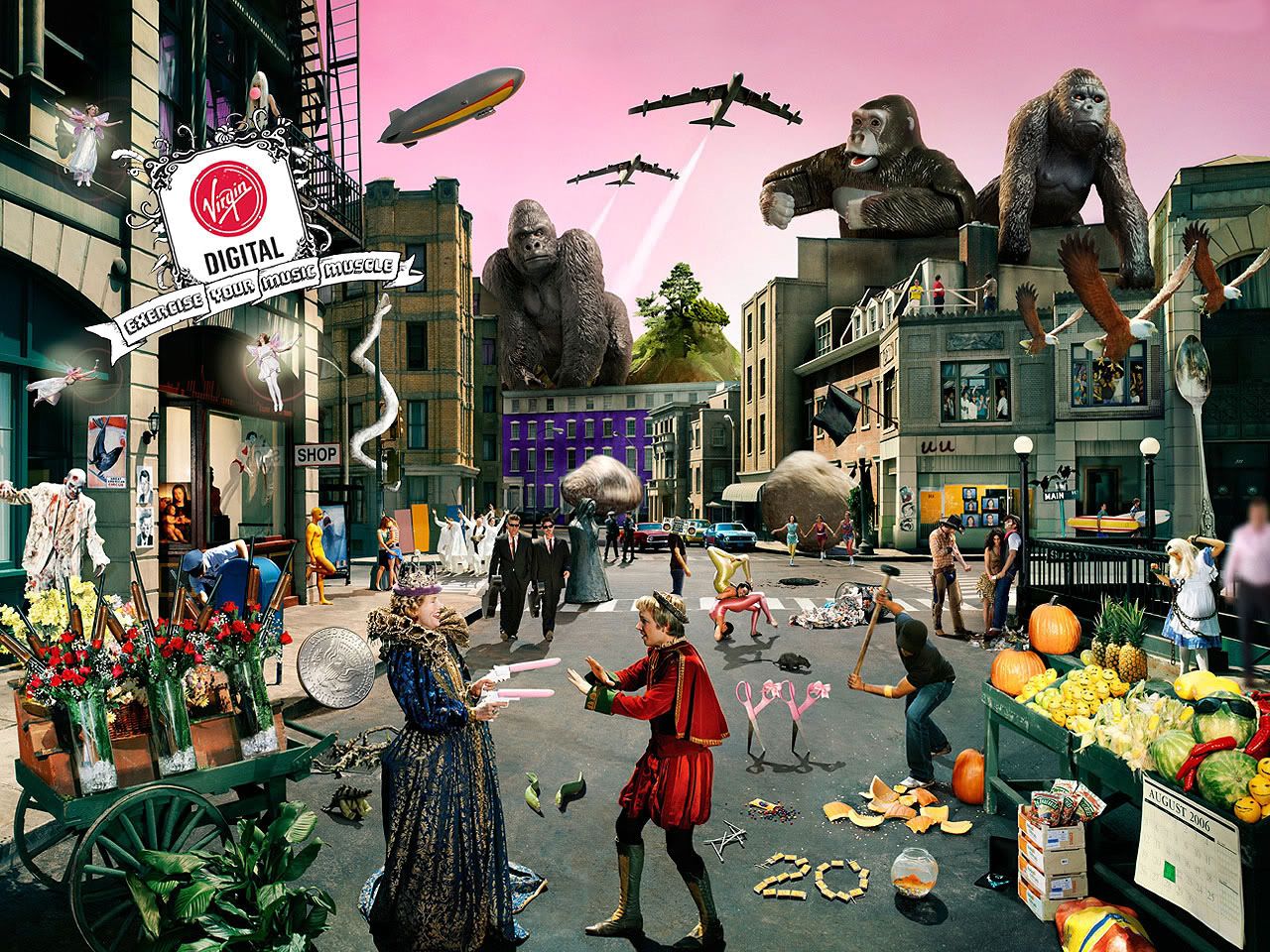

I really enjoyed the level of debate that followed the screenings of 'Tomb Raider' in Film last week and can't wait to read your blog entries on the question I posed:
Lara Croft: Feminist Icon or object of sexual desire for the male gaze?
The formal debates to be held this week in my lessons will be brilliant. Some of you have got real 'fire in your belly' about the representations and this will inevitably lead to some 'hot' debate. Fantastic. Just to stoke your fires a bit further, here is a small extract from a Guardian article I sourced on the film:
"The girls with supernatural powers were unsuper. They were more like alcoholics. So I turn to the girls with superskills, beginning with Lara Croft, as played by Angelina Jolie in Lara Croft Tomb Raider: The Cradle of Life. Lara is like the girls I was at school with: an ordinary suburban cow who talks like Liz Hurley and lives in Buckinghamshire. Her quest is to find Pandora's Box, the source of the world's grief, before evil scientists get hold of it.
Lara drives a motorbike along the Great Wall of China and sky-dives off a bank, but just as I am beginning to relax, The Message pops up. "Do you ever do anything the easy way?" asks her colleague. "You're afraid of letting anyone in," says her lover, who is the sort of man deaf-blind women pick up in Soho after a crack binge. Lara shoots him, snivels and strikes the noble superheroine-in-solitude pose. Do you understand, ladies? Superwoman can't have a super relationship or super contentment and the pay-off for her super gift is isolation, loneliness, misanthropy and, eventually, no doubt, super-arthritis."
http://www.guardian.co.uk/film/2005/jul/01/gender.world
The next film to follow on from our study of Tomb Raider is Ridley Scott's 1991 hit 'Thelma and Louise' chosen because of its social and historical significance and because like Tomb Raider, the two central female protagonists exist in a traditionally 'male genre world' and challenge/subvert the codes, conventions and audience expectations of the traditional 'Buddy Road Movie'. Here is the opening title sequence to set the mood:
The film was the subject of considerable praise and controversy. Filmed for a modest 17 million dollars, the movie was a great commercial success but the critics were far from uniform in their enthusiasm. Reviewers referred to the two female protagonists with such wildly disparate descriptions as “daring anti-heroes” (Maslin, 1991a, p. C1), “outlaw princesses” (Rafferty, 1991), and “killer bimbos” (Grenier, 1991), practicing “guerrilla feminism” (Baber, 1991). Controversy raged over whether those that revelled in Thelma and Louise's antics were engaging in “a strikingly adolescent hostility towards men” (Merkin, 1991).
It will be lovely to hear what you have to say about this important film that will be screened and deeply deconstructed as part of our study of gendered film. Below are some academic links to aid you with your 'deep' study of the film and some questions for consideration in your analysis:
Resources
'Guardian' newspaper dedicated 'Gender News' area on their website:
http://www.guardian.co.uk/world/gender
Thelma and Louise Gender analysis 1
http://www.katpad.co.uk/media%20website%202000/Thelalouise.html
Thelma and Louise Gender Analysis 2
http://tarlton.law.utexas.edu/lpop/etext/okla/wiegand22.html
Some ideas/questions I want you to consider when critically deconstructing Thelma and Louise by Ridley Scott:
Notice how the camera gives shape and texture to the worlds the two characters pass through. Pay attention to both interior and exterior spaces—bars, gas stations, and hotels as well as roads, rocks, and canyons. How does the director use these surrounding spaces to help tell the story in visual terms? Also, pay attention to how the camera looks at the two main characters. Notice the use of close ups of each character by herself or shots of the two of them together. How does the film’s visual narrative enhance our understanding of plot and character?
What 'moral' messages and values does the film communicate?
What is “the moral” of the movie? Is it, as one (male) reviewer put it, “toxic feminism,” a trashing of men that deserves to be “universally. . .condemned”? Or is it what we might describe as tonic feminism, a morality tale that forces men to be held accountable for their oppression of women and gives women the satisfaction of seeing female characters act to enforce an alternative, anti-patriarchal code of ethics and etiquette? What do you think the film says about relations between men and women in contemporary culture—communication, violence, the struggle (by women and men) to break free of the coercive power of gender roles and norms?
Women’s Narratives of Transcendence & Containment
HETEROSEXUALITY = containment
TRANSCENDENCE = realizing one’s self, courage that dares and defies what society dictates possible within the social organisation of heterosexuality for these women?
“Success” for Thelma = married & taken care of, at least financiallly, by Darryl
“Success” for Louise = marrying Jimmy
YET Thelma leaves Darryl without asking permission; Louise says NO to Jimmy, whom she loves
Thelma looking at landscape in the side mirror: “You awake? My eyes are open. I feel awake. I never remember feeling this awake. Everything looks different.”
Considering whether it’s plausible to say Thelma & Louise are “going on” to lesbian possibility, think about the following:
- They have exhausted heterosexual possibilities
- Thelma in effect starts to “defeminize” herself--she becomes much more androgynous in her dress, looking more and more like the “gentleman robber.” For that matter, Louise defeminizes herself as well (trading her jewelry, the accoutrements of heterosexuality, for the old man’s hat)
- Maps represent a patriarchal way of navigating the world: reading one, Thelma says, “can’t get to Mexico without going through Texas.”
- According to that map, Louise must traverse the scene of her violation (presumably a rape) or get caught
- They throw that map away, but they have no maps to guide them
http://www.thelmandlouise.com/index.php








1 comment:
Post a Comment